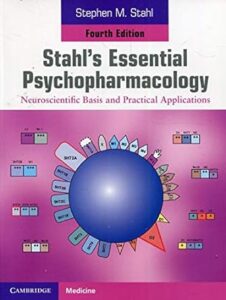Description
Stahl’s Essential Psychopharmacology 4th edition
What is Stahl’s Essential Psychopharmacology (4th Edition)
Easy Explanation of This Book
This is a special book that teaches doctors about **brain medicines**. It shows how drugs work for problems like:
– Sadness (depression)
– Worry (anxiety)
– Mind confusion (schizophrenia)
**Why Doctors Love This Book**
✔ **Lots of pictures** – Makes hard ideas easy
✔ **Newest medicine info** – Teaches about today’s treatments
✔ **Helps sick people** – Shows best ways to give medicine
**Who Uses This Book?**
– Brain doctors (psychiatrists)
– Nurses who help with medicines
– Students learning to be doctors
**What is the Test Bank for Stahl’s Medicine Book?**
This is a special **question box** that helps teachers make tests about brain medicines. The book is called *Stahl’s Essential Psychopharmacology* (4th edition).
**Who uses it?**
– Teachers (to make school tests)
– Doctors who teach about medicines
**Who doesn’t use it?**
– Kids
– Regular students (it’s just for teachers)
**Important things to know:**
1. Only teachers can get the real question box
2. Students learn from the regular book instead
3. All questions match the medicine book exactly

Reviews
There are no reviews yet.